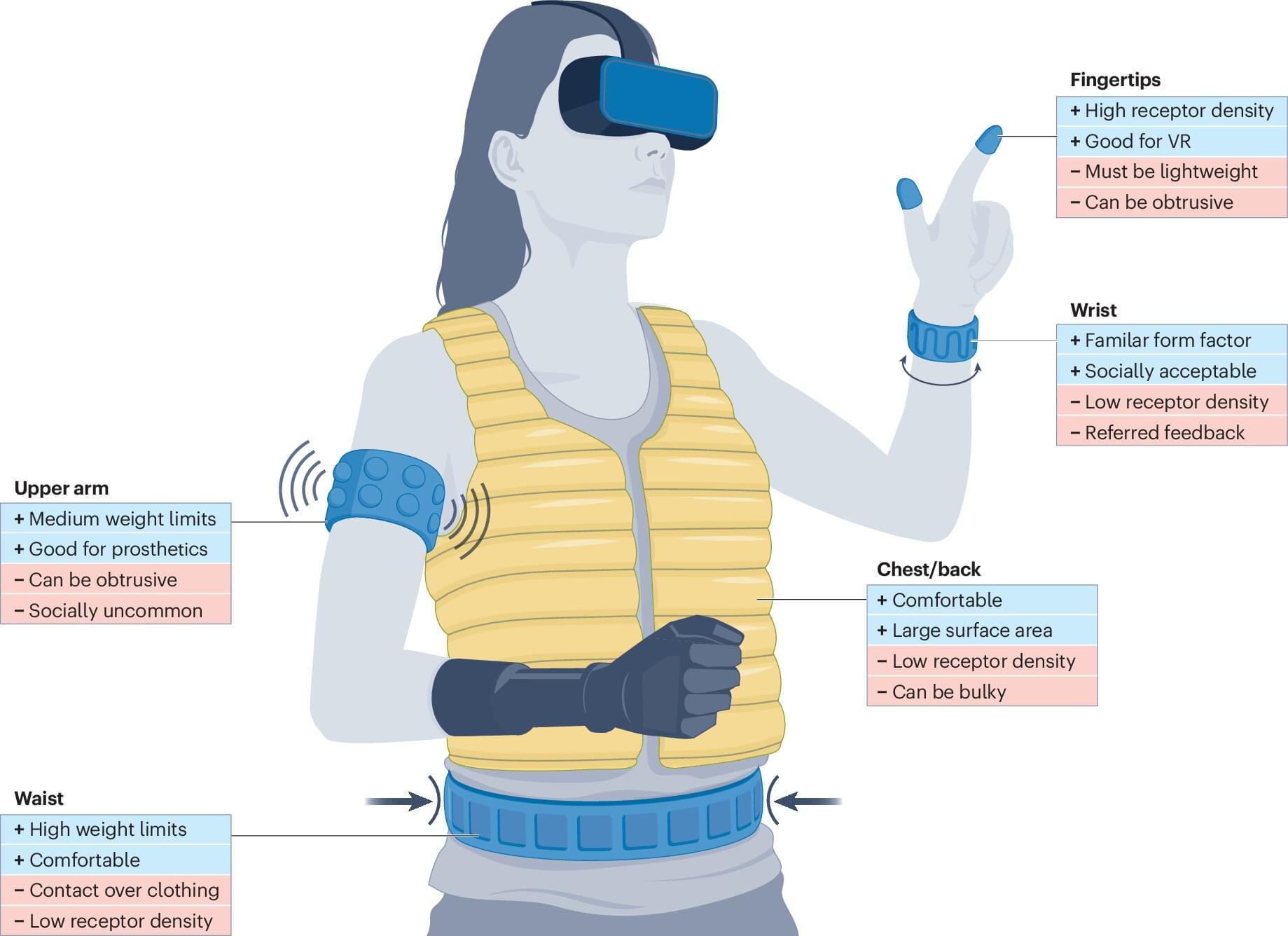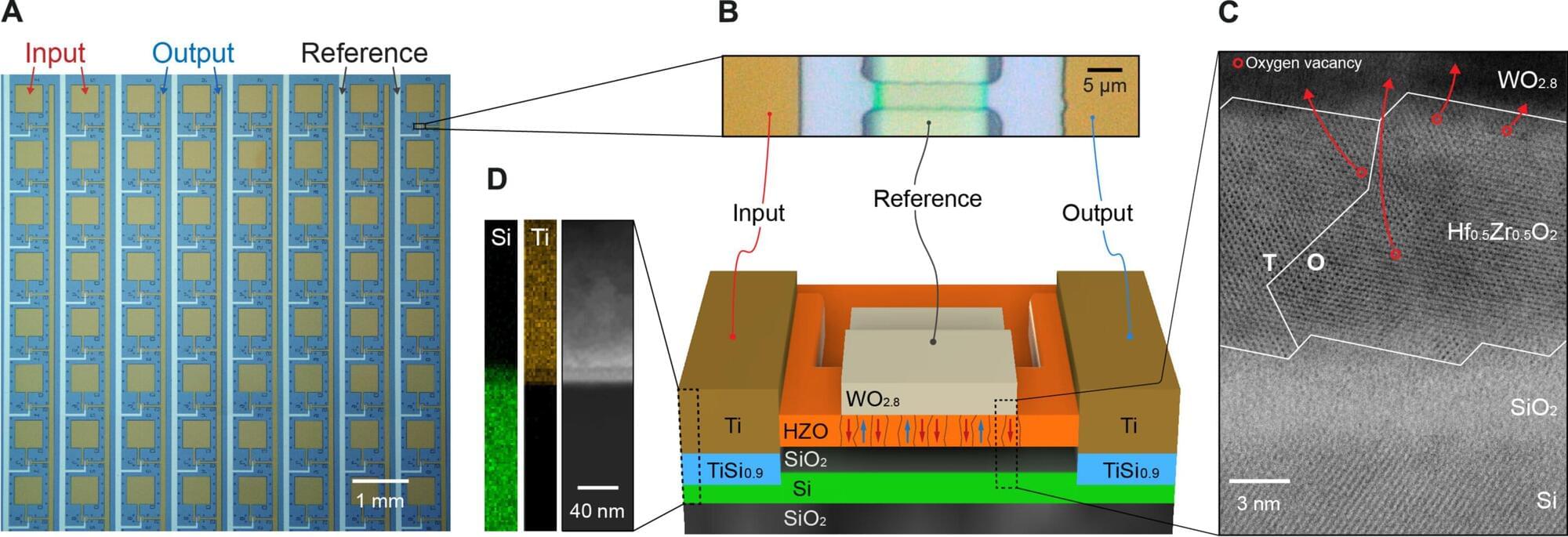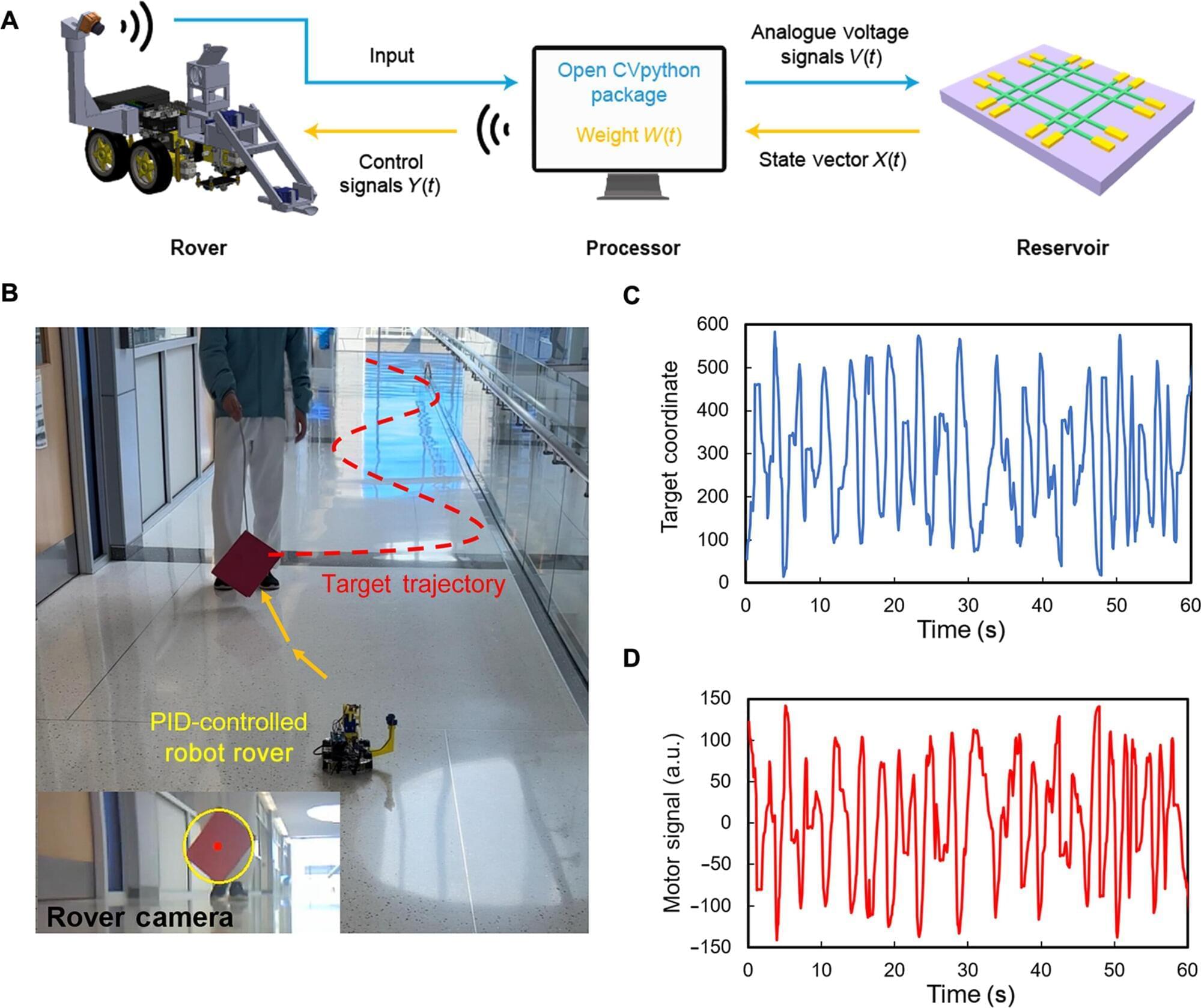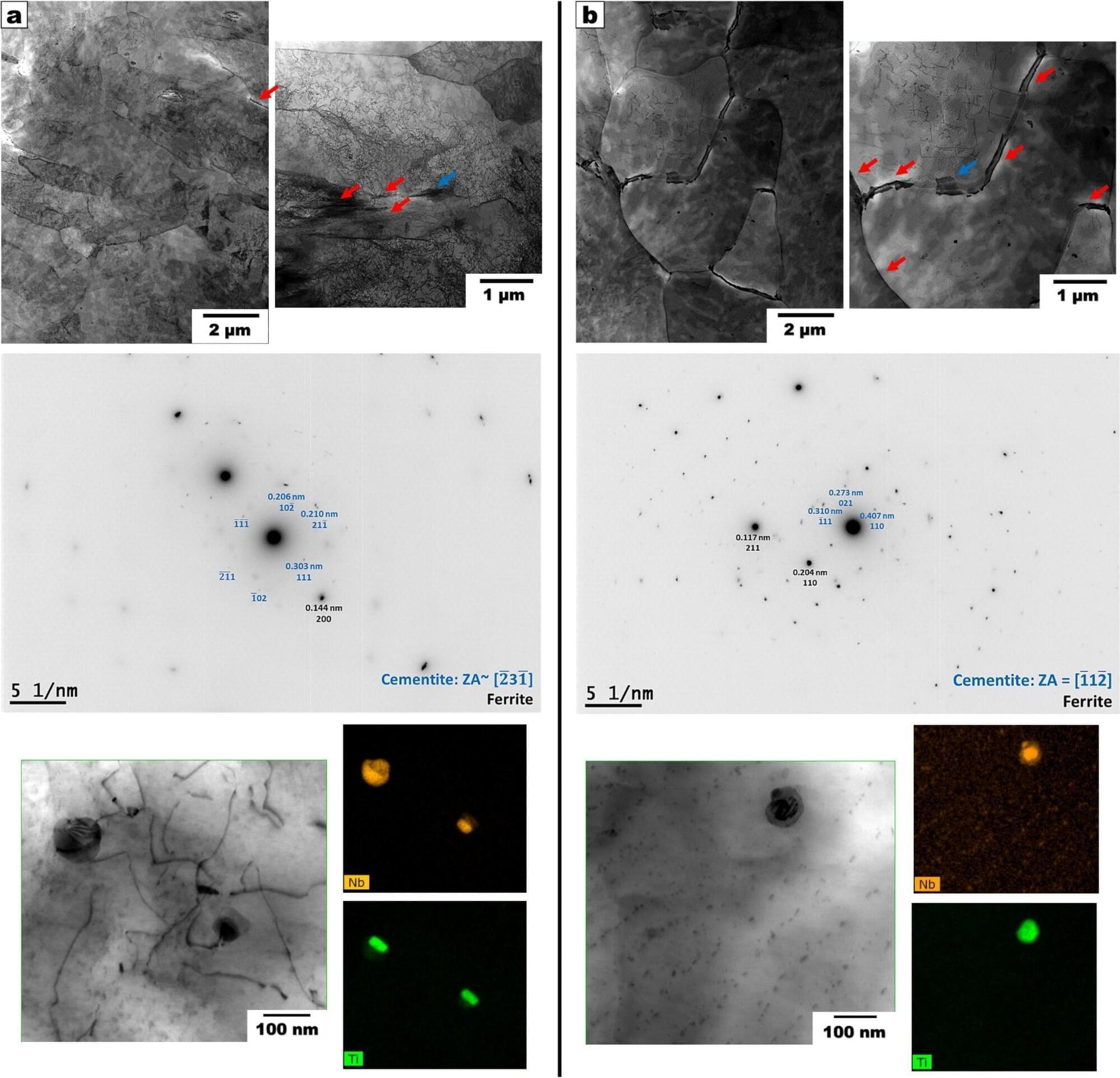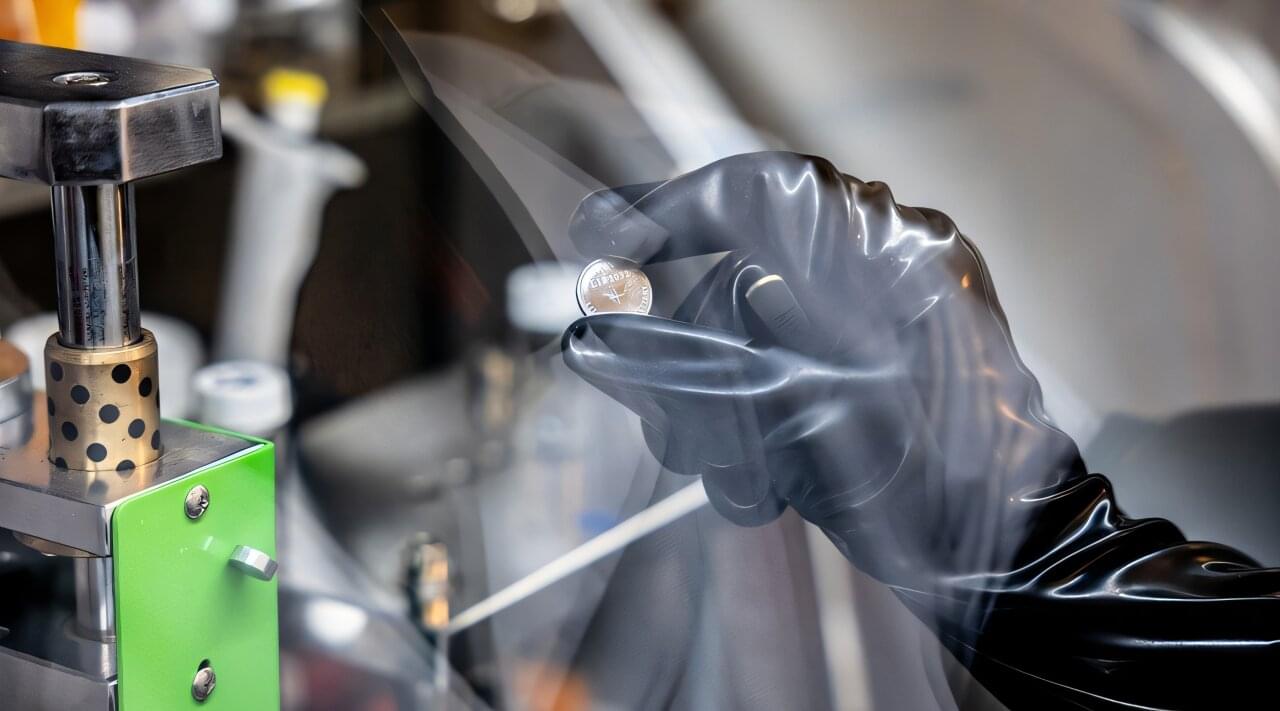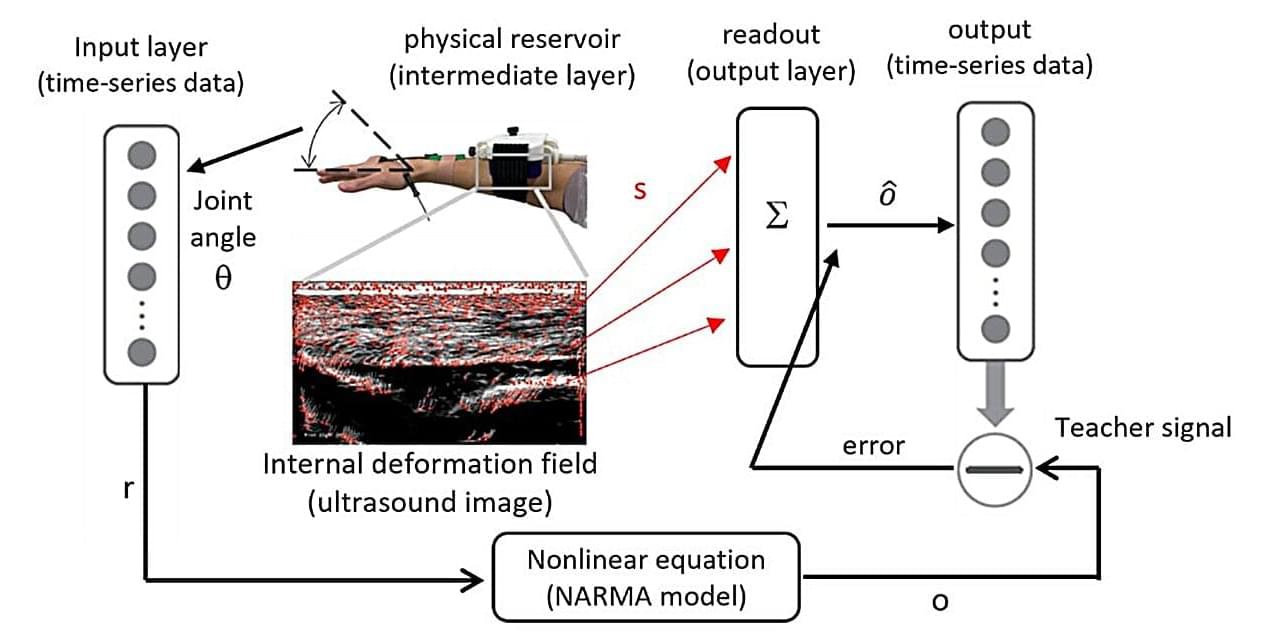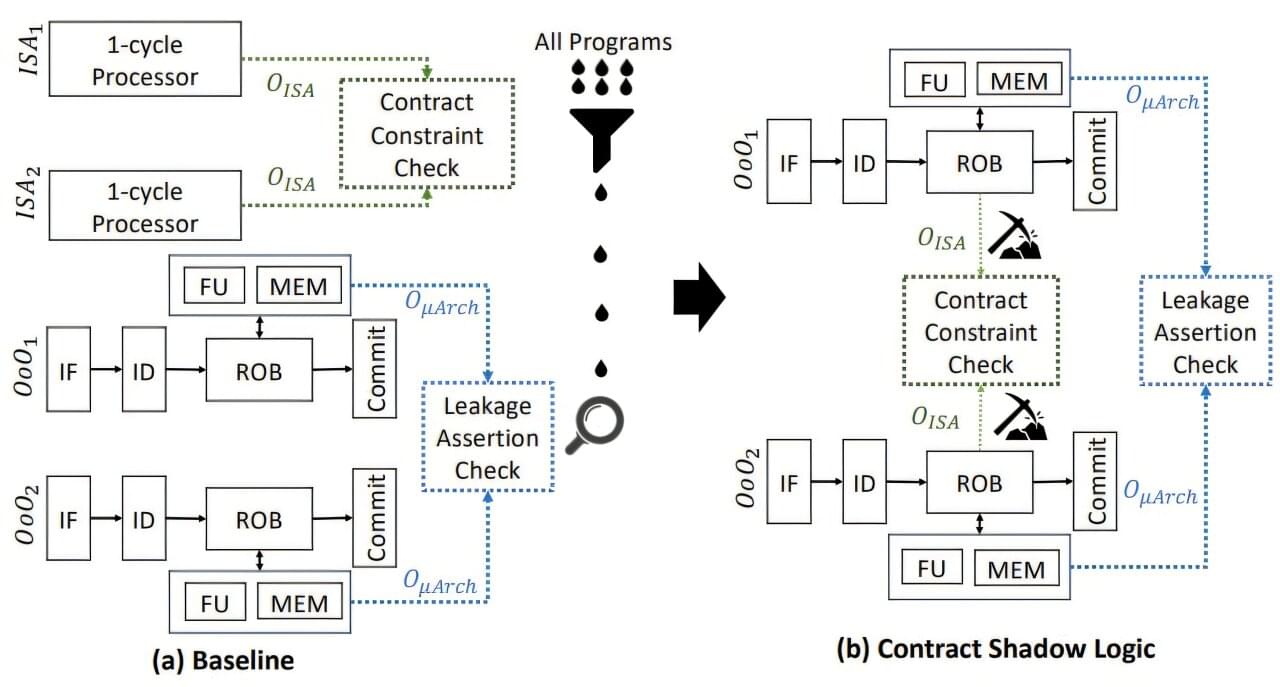From virtual reality to rehabilitation and communication, haptic technology has revolutionized the way humans interact with the digital world. While early haptic devices focused on single-sensory cues like vibration-based notifications, modern advancements have paved the way for multisensory haptic devices that integrate various forms of touch-based feedback, including vibration, skin stretch, pressure, and temperature.
Recently, a team of experts, including Rice University’s Marcia O’Malley and Daniel Preston, graduate student Joshua Fleck, alumni Zane Zook ‘23 and Janelle Clark ‘22 and other collaborators, published an in-depth review in Nature Reviews Bioengineering analyzing the current state of wearable multisensory haptic technology, outlining its challenges, advancements, and real-world applications.
Haptic devices, which enable communication through touch, have evolved significantly since their introduction in the 1960s. Initially, they relied on rigid, grounded mechanisms acting as user interfaces, generating force-based feedback from virtual environments.
